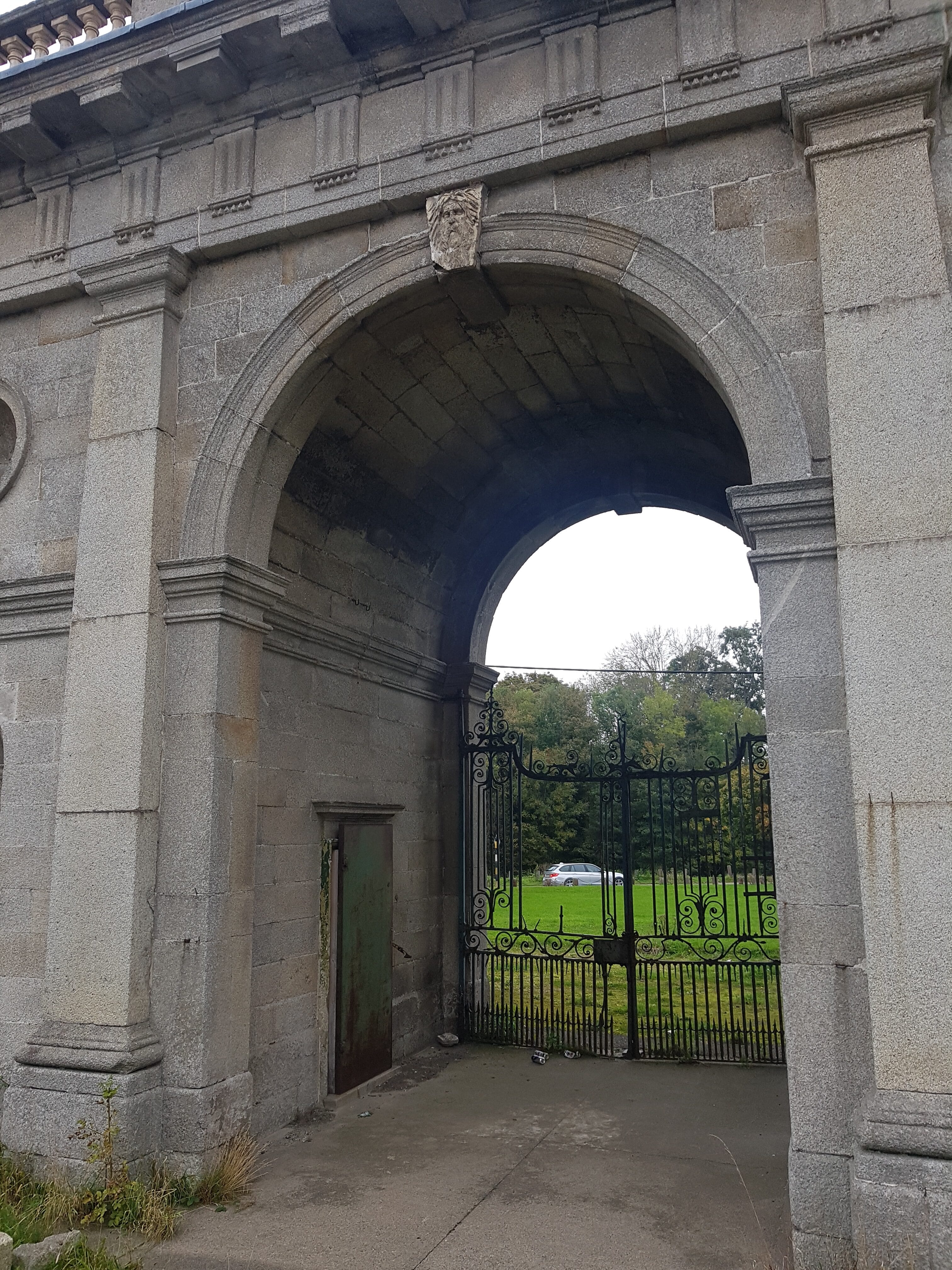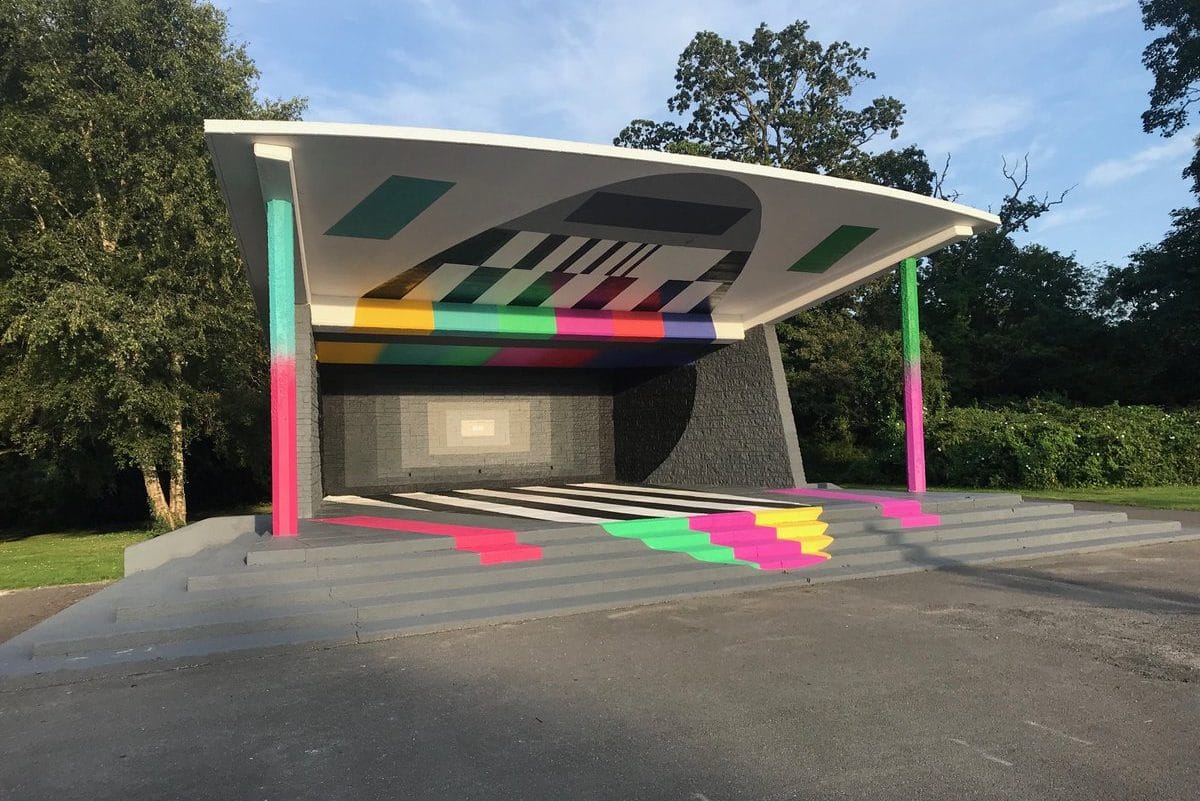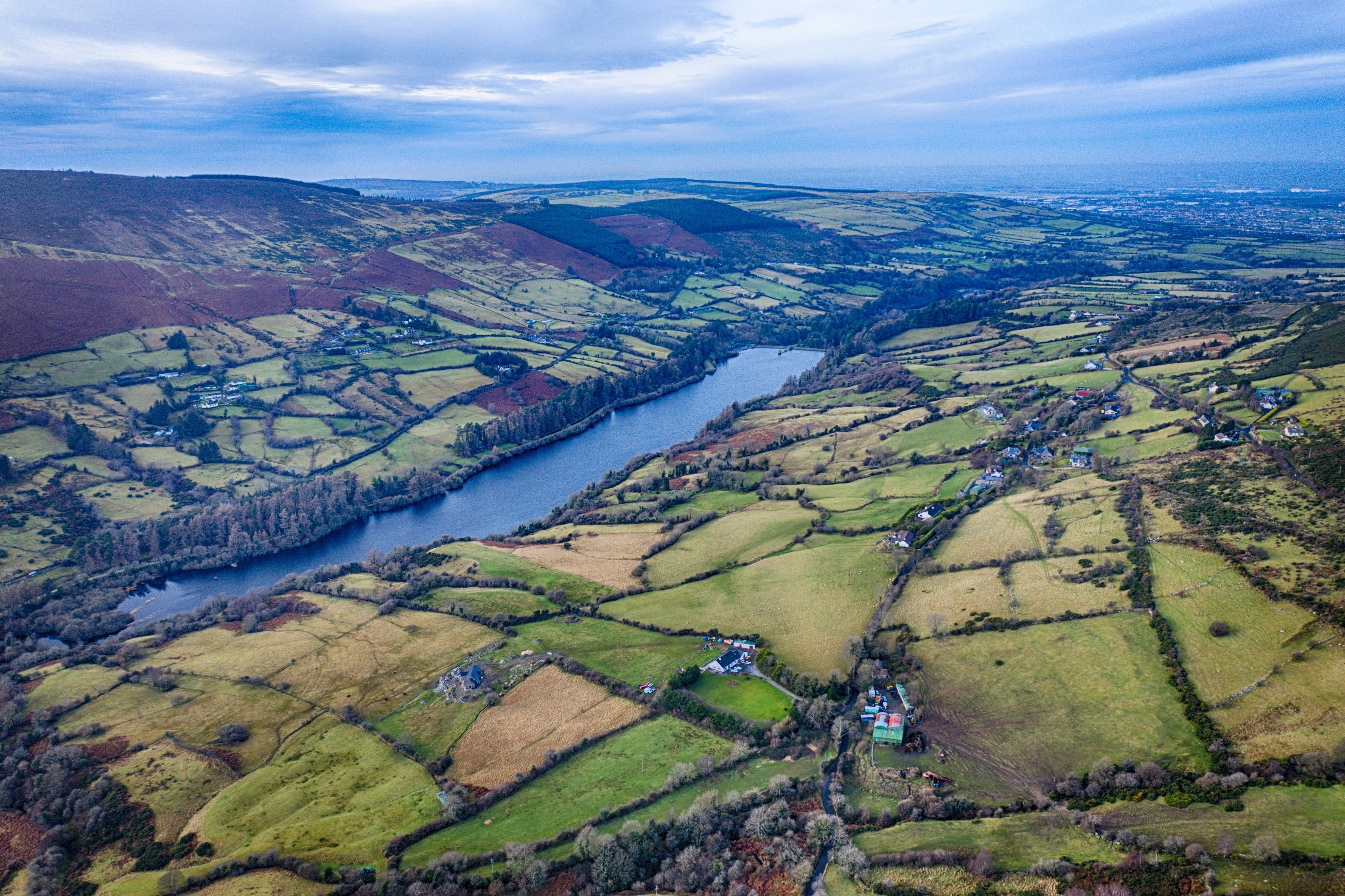The Triumphal Arch was built in 1767 as a “new gate” to Rathfarnham Castle to commemorate the return of the castle into the hands of the Loftus family.


Rathfarnham Castle was originally built for the Loftus family around 1583, had passed in and out of the family over the years but had most recently been lost by a rakish descendant, Philip Wharton, credited as a founder of the original hell fire club in 1719. In the South Sea Bubble of 1720s Philip incurred debts equivalent to about 40 million in todays terms and had to sell Rathfarnham castle and lands. Some 50 years later, another descendant, Henry Loftus, bought them back. Henry carried out extensive renovations and improvements but the Loftus family left the castle in 1812, never to return. The Castle and grounds were then used as a dairy farm and fell into disrepair, the area being described as follows in 1838:
“Crossing the Dodder by a ford, and proceeding along its southern bank towards Rathfarnham, a splendid gateway at left, accounted among the best productions of that species of architecture in Ireland, invites the tourist to explore the once beautiful grounds of Rathfarnham Castle, but they are now all eloquently waste, the undulating hills covered with rank herbage, the rivulet stagnant and sedgy, the walks scarce traceable, the ice-houses open to the prying sun, the fish-pond clogged with weeds, while the mouldering architecture of the castle, and the crumbling, unsightly offices in its immediate vicinity …”
In 1841 the arch was the scene of a brutal murder, when the dead body of an Italian named Garlibardo, an organ-grinder, was found lying on the open ground in front of the gate. Although arrests were made at the time no one was convicted of the murder.
After the division of the estate in 1913 the arch became the entrance to the Castle Golf Club but it was later abandoned in favour of the more direct Woodside Drive.
Sources:
http://www.patrickcomerford.com/
Rathfarnham Roads by Patrick Healy , South Dublin Libraries 2005











